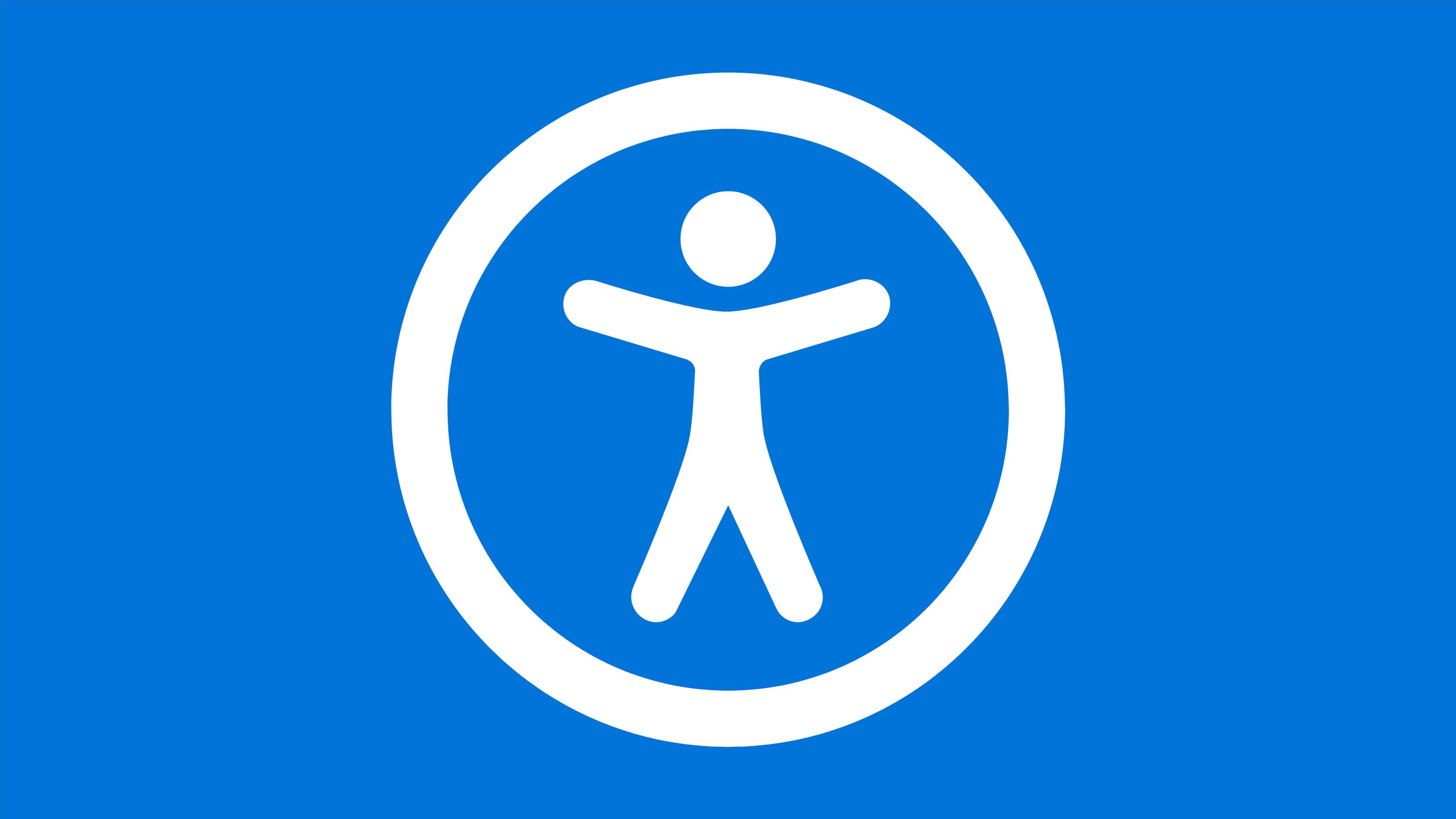Benefits of Accessible Design
What are the benefits of accessibility?

Contents
Introduction
Who benefits from accessible design?
People with disabilities, of course, but also their friends, family, and caregivers. Organizations such as businesses, schools, and governments also benefit from accessibility. In fact, even the general populace without disabilities benefits from accessibility.
Benefits for People with Disabilities
For some people with disabilities, accessibility makes things easier. For others, accessibility makes things possible. An accessible website can allow you to read the news, learn something new, connect with others, shop, or bank on your own. Accessible transit and architecture allow you to independently go to work and appointments, visit museums or theaters, or go see friends and family. When organizations practice accessibility, people with disabilities have opportunities to work, earn money, break the cycle of poverty, and also participate in their communities.
Benefits for Organizations
Organizations that practice accessibility can reap many benefits, including:
- They increase their customer base and market reach — remember when we talked about how much disposable income people with disabilities have?
- They improve their public perception and boost their brand.
- They can hire from a larger talent pool — there are many talented folks with disabilities out there.
- They can retain experienced older employees as they acquire age-related disabilities.
- They avoid lawsuits — accessibility is the law (more on this topic in a couple weeks).
- They are eligible for more funding and contracts — many companies have procurement policies that mandate accessibility.
- They improve search engine optimization (SEO) — accessible websites require semantic markup and alt text, which search engines use to drive traffic to your website.
- They have better websites and products, which are compatible with more things — for example, accessible websites with good semantic markup are more likely to be compatible with browser’s reader modes and services like Pocket.
- They innovate.
Benefits for People without Disabilities
People without disabilities also benefit from accessibility.
When people with disabilities are more independent, there is less of a burden on caregivers. Caregiving is good and important work, but we shouldn’t go and create more caregiving work when, with accessibility and assistive technologies, people can be independent. Moreover, right now, the burden of caregiving falls disproportionately on families (as well as on poor people, people of color, and people without college degrees), not on society at large. That’s wrong, and accessibility and disability justice can help ease the caregiving burden on those who are currently overburdened with it.
(Tangent: Caregiving is obviously important for those who receive care from others, but as my college philosophy professor Shannon Vallor argued in a paper, caregiving is good for caregivers as well. As someone who has worked as a direct support professional, I absolutely attest to this: caregiving is good to do, and generally speaking, we should all do it. As a society, we need to value caregiving more, we need to pay caregivers more, and we should encourage more people — especially white people, college-educated people, and men — to be caregivers.)
Accessibility is also beneficial for people without disabilities because honestly our society is segregated along the lines of dis/ability right now, and that harms us all. In a more accessible world, it will be easier to befriend people with disabilities, to invite your friends over to your house, to hang out with them in public, and to have your life enriched by them.
Finally, accessibility also benefits people without disabilities for a reason that came up in my last post: universal design. In that post I wrote:
When I think about universal design, I think about how dis/ability is a spectrum, not a binary. Even if you don’t have a permanent disability, you likely still experience temporary impairments or situational limitations, and you’re likely to acquire age-related disabilities as you grow older. Universal design is good design, because it takes into account and designs for the broad range of human needs and capabilities. Universal design benefits accessibility and usability. Everyone can benefit from universal design, even if you don’t have a documented disability.
For those same reasons, accessibility is good for people without disabilities.
One last thing on this topic: I highly recommend Lainey Feingold’s essay “Shifting from Fear to Motivation when Talking about Digital Accessibility Law.” The essay is more concerned with the motivations for accessibility rather than the benefits of it, but that’s a related and important topic and it’s an excellent read.